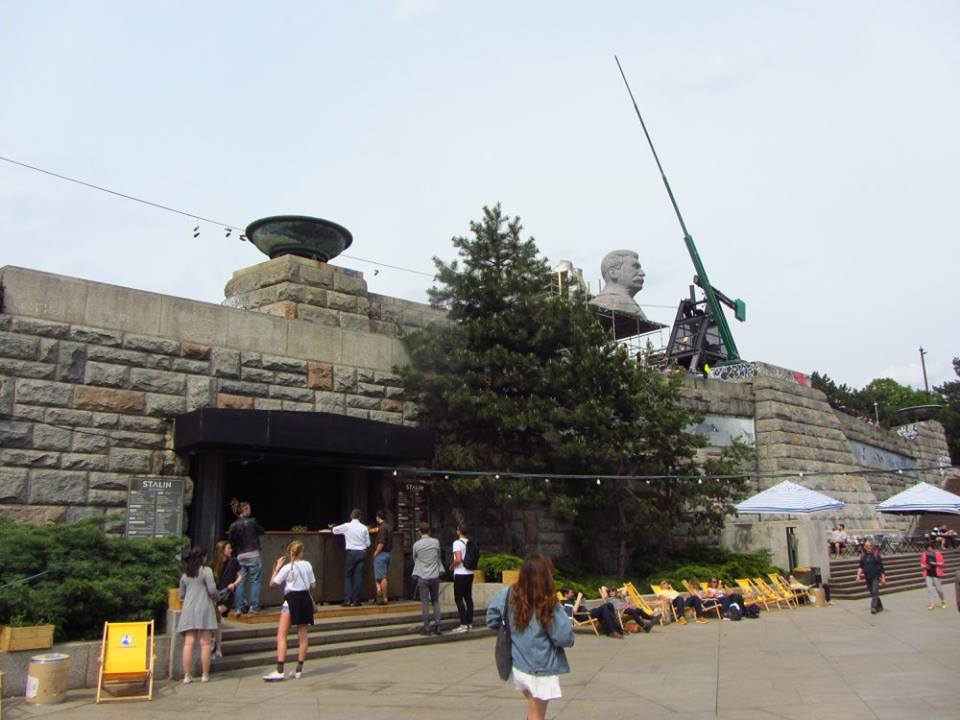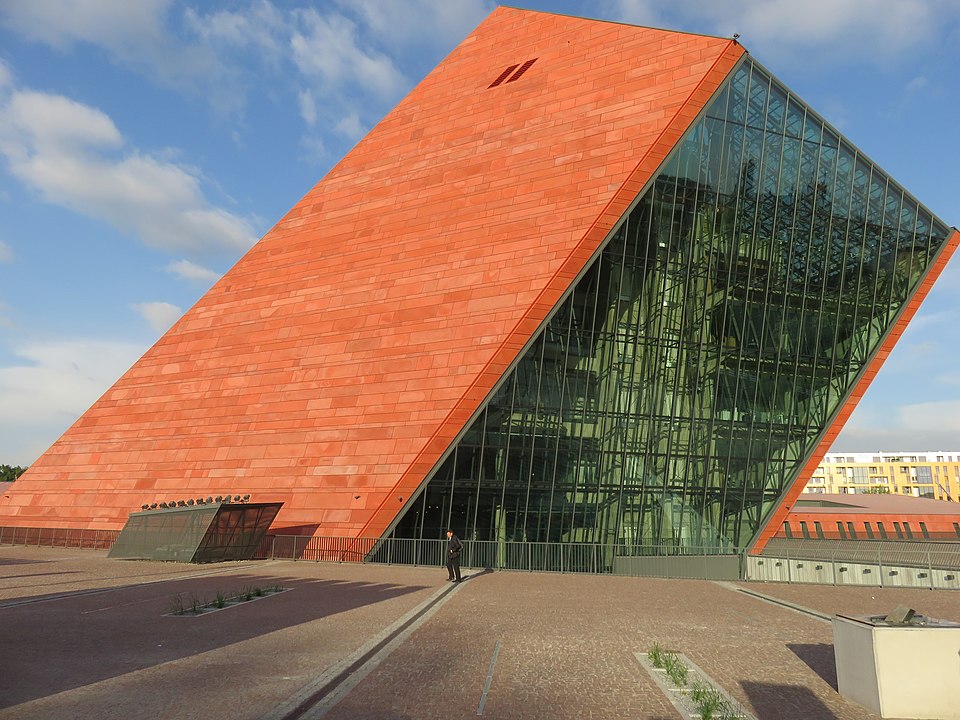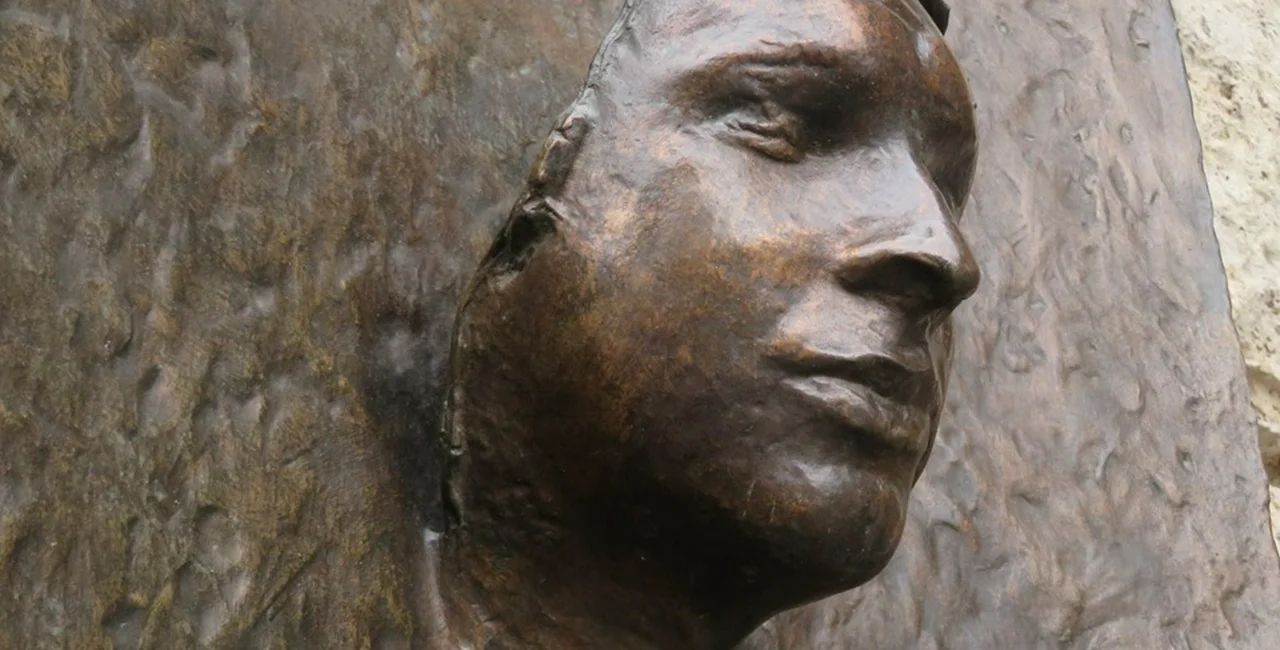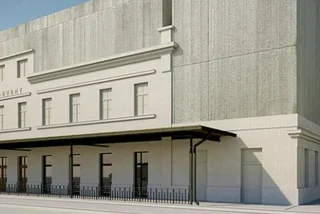Prague has made a commitment to opening museum exploring totalitarianism in the 20th century, though many details including the location still need to be worked out. Three groups in the city’s coalition — Pirates, United Force for Prague and Praha sobě — agreed on the idea, and City Hall intends to pursue it as part of its agenda.
The location in Letná under where the statue of Stalin stood in the late 1950s has been discussed in the past, but seems unlikely. The plinth has significant structural problems, and the current administration of the Prague 7 district opposes it.
Prague
7 Mayor Jan Čižinský (Prague 7 sobě) instead favors keeping the
site as a place for skateboarders. The museum, for example would
require making a driveway and parking lot
in the park. The space did host a temporary
exhibit about totalitarianism in the fall of 2018.
Another location that has been discussed is site of the former hospital on Legerova Street where Jan Palach and Josef Toufar, both regarded as national heroes and victims of communism, died.

A total of 30 civic
associations and social organizations bringing together former
political prisoners, educators and researchers expressed their
support for the establishment of the Museum of Memory of the XX
Century (Muzeum paměti XX. století) by supporting the August
Declaration.
Among the
associations expressing support for building a modern museum in
Prague dedicated to events of the last century are the Confederation
of Political Prisoners of the Czech Republic, Association of Former
Political Prisoners of the Czech Republic 1948–1989, Junak – Czech
Scout, Orel, Association of Private Agriculture, Post Bellum, Center
for Documentation of Totalitarian Regimes, the Prague Shoah Memorial,
People in Need, and the Society for the Preservation of the Legacy of
the Czech Resistance.
The August Declaration says that witnesses are gradually passing away and their experience must be preserved for generations to come: “As the eyewitnesses of the 20th century’s historical events are gradually leaving, it is important to convey their life experiences to the coming generations. Understanding the nature of authoritarian ways of governing, monitoring and controlling society is essential to knowing the current threats we face together. In this context, it is important to remember not only the crimes and heroic acts committed but also the forms of adaptation or open collaboration.”
The modern museum is
conceived as an educational and open cultural institution serving
society.
“I consider it a huge debt to be paid that, 30 years after the fall of the communist regime, we still do not have a modern museum to commemorate the victims of totalitarian regimes as well as the venerable bravery of citizens who fought for freedom and democracy at the cost of huge sacrifices. We decided to fulfill this debt in Prague, and therefore we want to establish the Museum of Memory of the XX Century in the capital,” City Councilor Hana Kordová Marvanová (United Force for Prague) said.
TOP 09 leader Jiří
Pospíšil said the city wants to contribute to creating a place that
would authentically remind us of how important freedom is. TOP 09 is
part of the United Force for Prague. “At the same time, it would
also help us not to repeat past mistakes. The idea of creating such a
museum came from Hana Marvanová, and it became one of the priorities
of our coalition. Therefore I am glad that this project is now
gaining concrete outlines,” Pospíšil said.

Jaroslava Janderová,
Chairman of the Audit Committee of the City Council, said the
establishment of the Museum of Memory of the XX Century is a
necessity. “Despite the efforts of some enlightened cantors, the
historical memory of the younger generation is weakened. This is due
not only to the time gap between the historical events of the 20th
century, but also to the shortcomings in school teaching, which have
neglected these periods,” she said.
“Not all teachers perceive that the current events in today’s society may be the onset of forces similar to those that stood at the origin of past totalitarianism,” she added.
When considering the
design of the museum, historian Petr Blažek recommends getting
inspiration from foreign examples that have been developed over the
last 15 years. “These include the Holocaust History Museum, which
is part of Yad Vashem in Jerusalem, the Warsaw Uprising Museum in
Warsaw, Museum of the Second World War in Gdansk, House of Terror in
Budapest, United States Holocaust Memorial Museum, and Topography of
Terror in Berlin,” Blažek said.












 Reading time: 3 minutes
Reading time: 3 minutes 
























